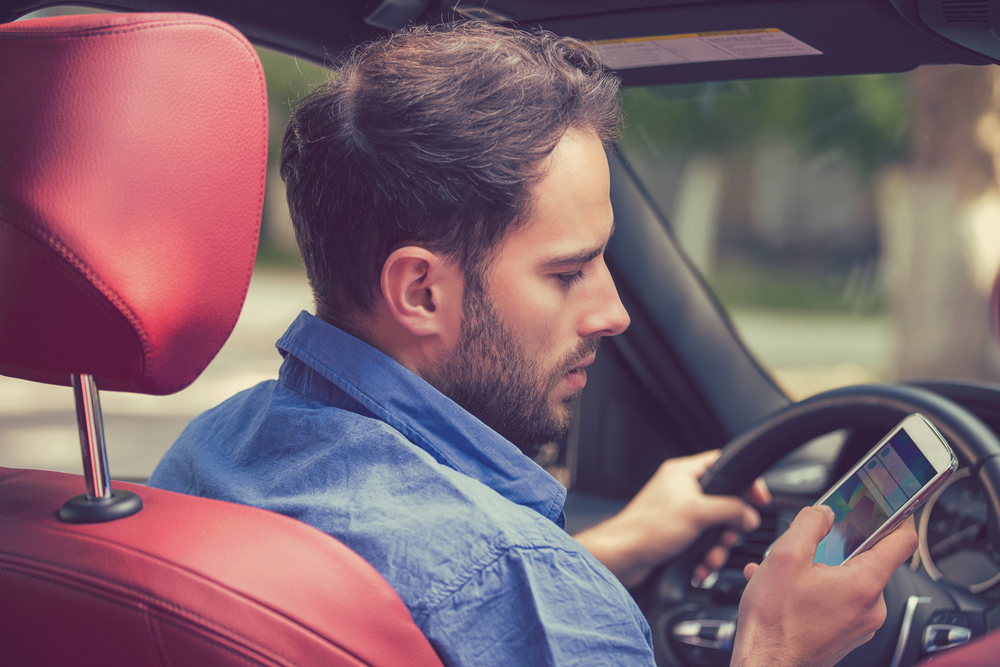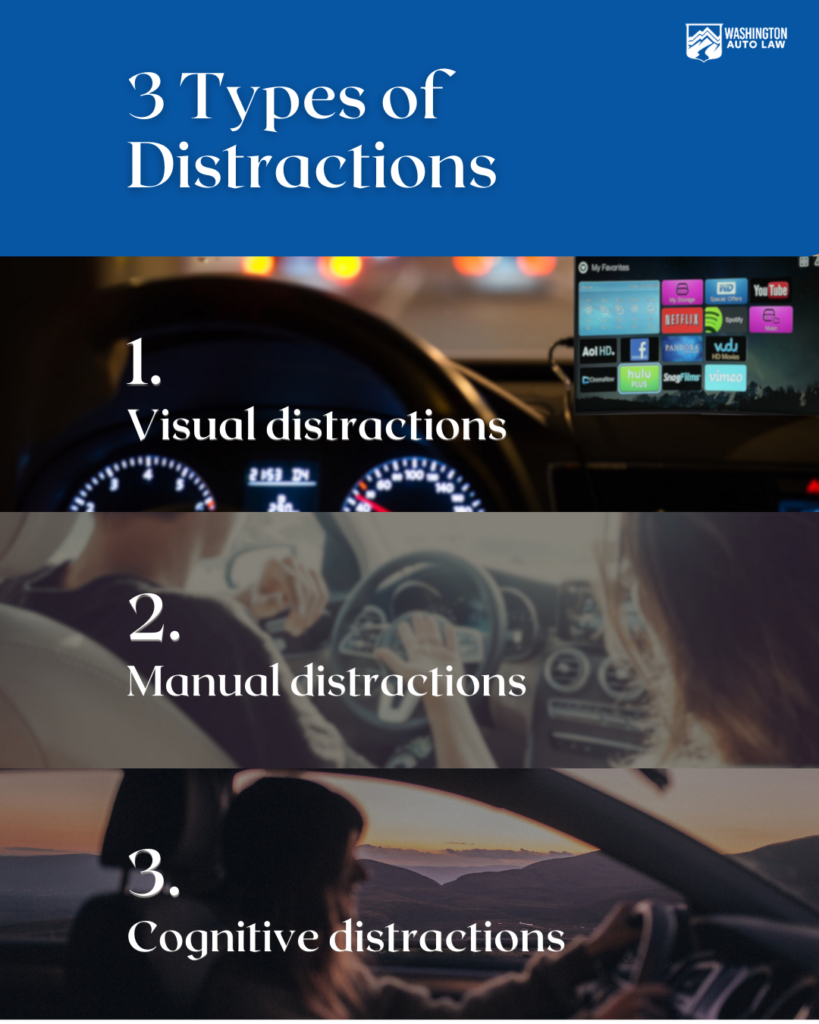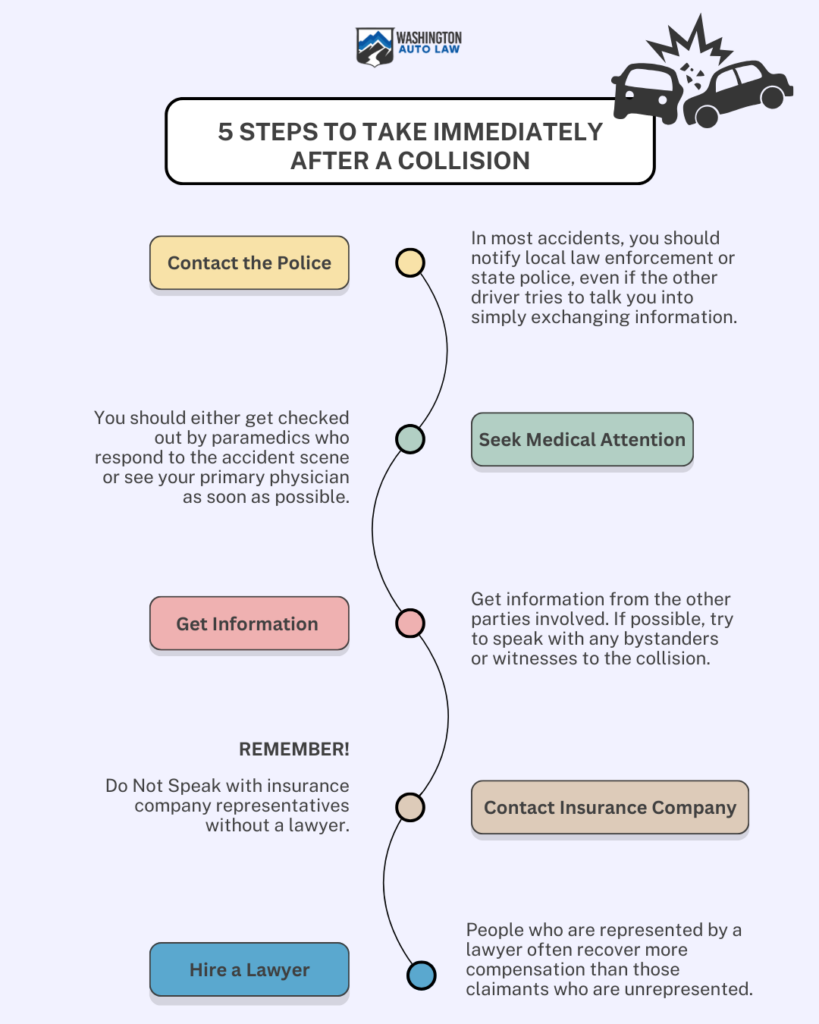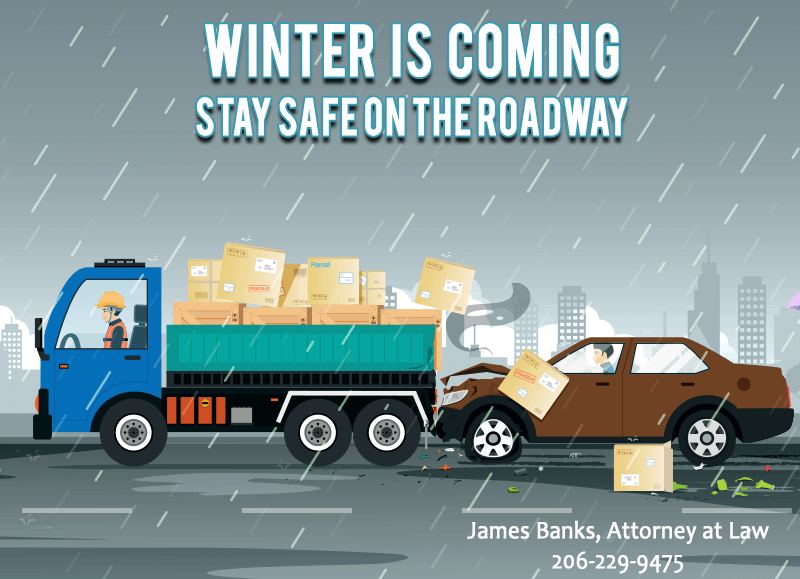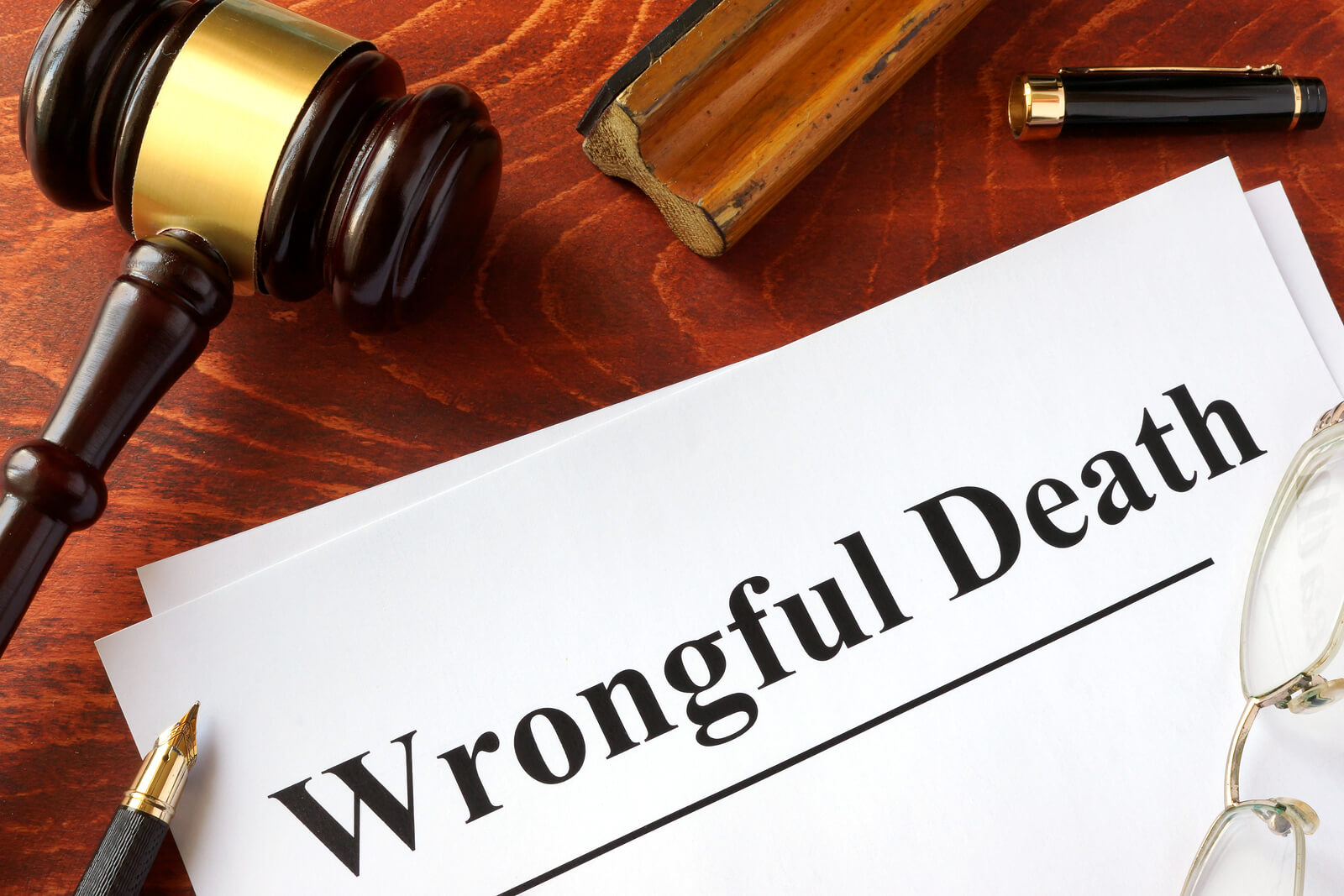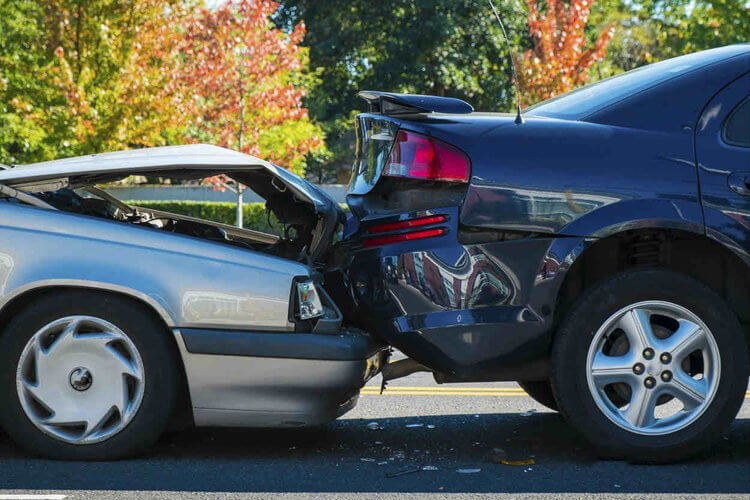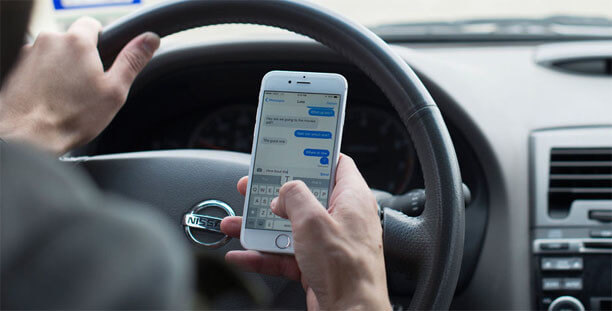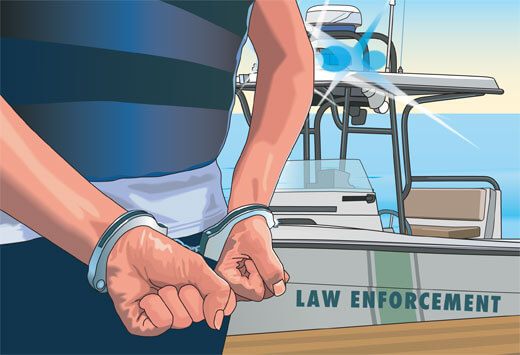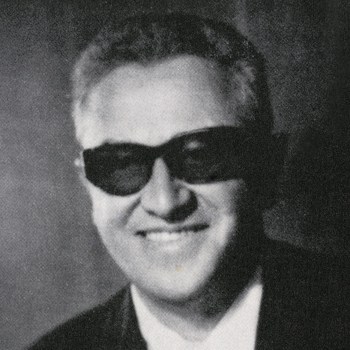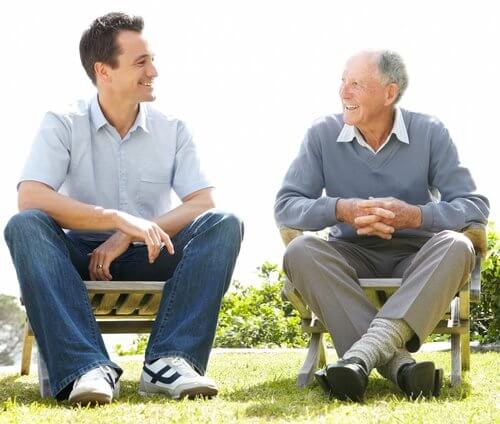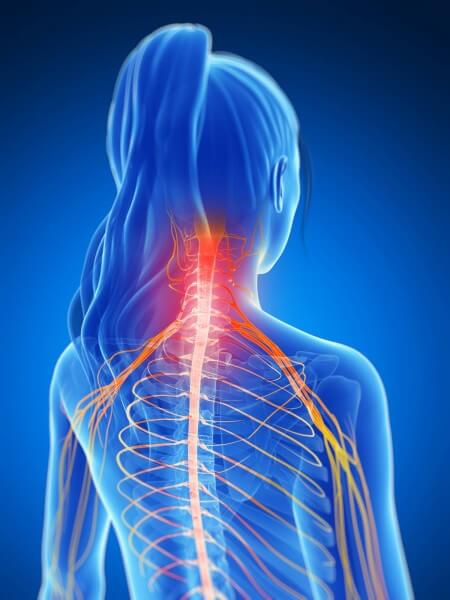Beware of Lowball Settlement Offers from Auto Insurance Companies
A lowball settlement offer is an offer the insurance company makes that is significantly lower than what is fair or reasonable. Insurance companies use lowball settlement offers shortly after an accident, usually within the first few months, to try to get the injured person to agree to a settlement and close their case before all injuries and damages are known. This allows the insurance company to settle the claim for cheap and avoid having to pay for all damages arising from the auto accident.
It’s important to keep in mind that the insurance company’s primary goal is to pay out as little as possible. Therefore, you must use Caution and Beware of the insurance companies because it may not be clear that you are actually settling the case. For example, the insurance company may send a check with no explanation. Even though you haven’t “signed anything,” accepting money from the auto insurance company can be fatal to the case.
Most people do not understand how an auto insurance injury claim works and they inadvertently take money from the insurance company without realizing that by doing so they are closing their claim. In most cases, once you cash the check, you cannot come back and ask for more money or reopen the case.
If you believe that an insurance company has made a lowball settlement offer in your personal injury case, you have a few options for how to proceed.
- Negotiate: You can try negotiating with the insurance company to try and get a higher settlement offer. The attorneys at Washington Auto Law will help gather the necessary documentation to support all damages, including medical records, lost wages, and pain and suffering.
- Seek mediation: If negotiations are not successful, you can consider seeking mediation to try and resolve the dispute. Mediation is a form of alternative dispute resolution where a neutral third party (the mediator) helps the parties reach an agreement.
- File a lawsuit: If negotiations and mediation are unsuccessful, you may need to consider filing a lawsuit in order to seek the compensation you believe you are entitled to.
It is also a good idea to be prepared to counter the insurance company’s arguments for a lower settlement offer. For example, if the insurance company cites a lack of evidence to support your claim, you can try to provide additional evidence to support your case. If the insurance company claims that your injuries are not as severe as you claim, you can provide medical records or expert testimony to refute this argument.
It is important to keep in mind that each case is different, and the best course of action will depend on the specific circumstances of your case. It is always a good idea to speak with an experienced personal injury attorney to get advice on how to proceed.
Finally, the experienced attorneys at Washington Auto Law are specialists in negotiating insurance settlements and in almost all circumstances, we can secure a higher settlement offer on your behalf. We’ve helped hundreds of accident victims recover millions of dollars in auto settlements.
Call for a Free Consultation. And there is no attorney fee unless we win your case. 206-497 HELP (4357)








